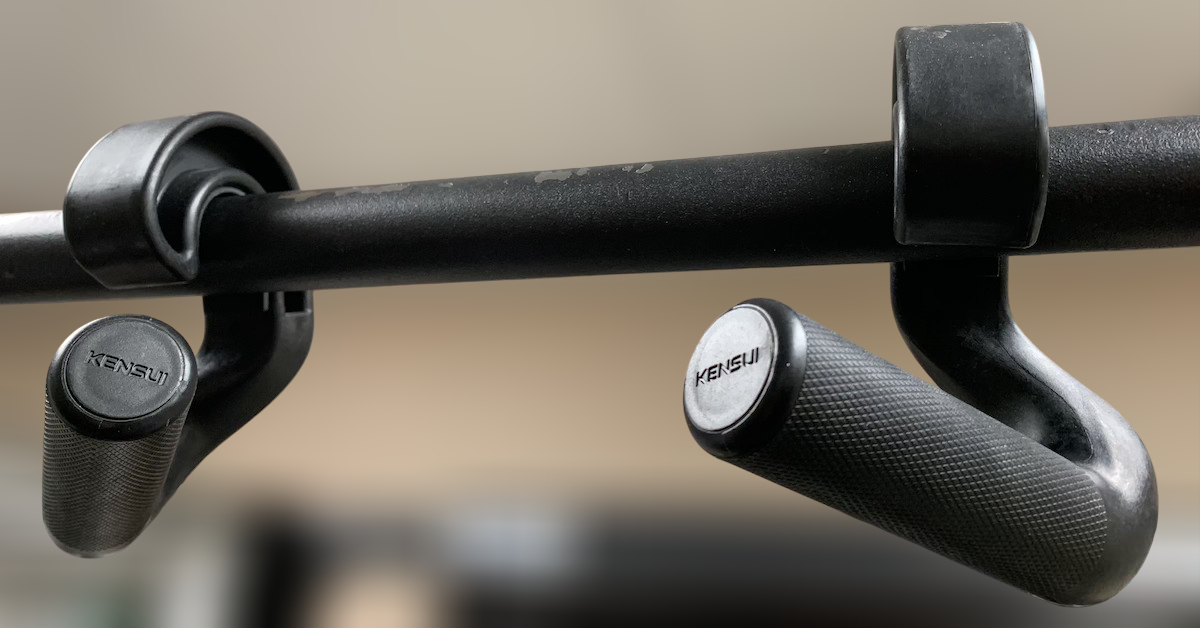While aerobic training—often called cardio—has its place, excessive amounts can have long-term drawbacks. It may increase oxidative stress, accelerate cell aging, deplete trace minerals, elevate cortisol levels, slow metabolism, and reduce strength, speed, and power.
Elevated cortisol, in particular, can negatively impact the body by decreasing thyroid function, breaking down muscle tissue, suppressing the immune system, acting as an oxidant to the brain, and increasing abdominal fat storage.
However, low-intensity aerobic activity can serve as a valuable restoration method by improving circulation, which enhances oxygen and nutrient delivery to muscles. This process accelerates healing and recovery. Sports chiropractor Dr. Jeffrey Spencer advocates for active recovery rather than complete rest, emphasizing the importance of nutrient transport and waste removal for optimal healing.
Bottom Line: A casual walk can benefit both body and mind, but don’t overcommit to aerobic training as a primary recovery tool.
Tomorrow, we’ll explore the role of proper nutrition in optimizing recovery.

Upgrade Your Pull-Ups with Swissies-SP Handles
Pull-ups are one of the best exercises for building back and arm strength—but not all pull-up bars are created equal.

No Time to Walk After a Meal? Do This Instead!
By now, most people know that getting in daily steps is essential for overall health. In particular, taking a short

Stay Fit on the Fly: No-Excuse Workouts for Travelers
One of the biggest challenges people face when traveling is maintaining their exercise routine. The two most common excuses? Lack
follow
Error: No feed with the ID 2 found.
Please go to the Instagram Feed settings page to create a feed.
